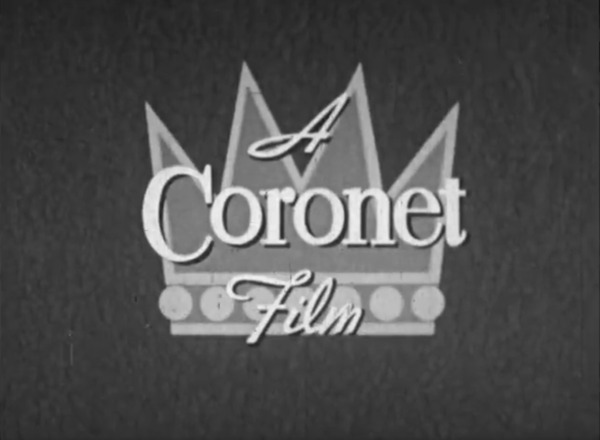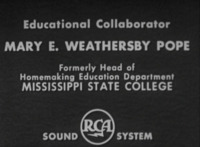Production Houses

The Coronet production company highlights this still taken at 0 minutes and 10 seconds from the film What to do on a Date.
The key to the social guidance film movement were the production houses. After the success of early mental hygiene films, the major production houses, Coronet, Centron, Sid Davis Productions, and Encyclopaedia Britannia Films, were able to drastically increase film numbers due to their sophisticated Hollywood-like studios largely located in the Midwest.4 Production studios often included on-site film labs, sound stages, and scene shops.3 Such equipment allowed for industrial-level film production, with Coronet releasing a film every 4.2 working days at the company’s peak.3 Social guidance film producers also frequently worked with government or higher education entities to fine-tune releases for maximum effect. This cooperation between educational institutions and filmmakers can be seen in the opening credits of More Dates for Kay, as seen below.
After the transition to hard sciences in education, production houses lost momentum. In reaction, social awareness films after this time became grittier on tone and subject matter. Production houses turned to films warning the dangers of accidents, drunk driving, and drugs to maintain business. Blood and disturbing accident images appeared in newer films but were unimaginable in the social guidance film era. The introduction of video to educational moving image production spelled the end for these production houses, as newer, smaller companies beat them to the medium.3

Still image at 0 minutes and 27 seconds from the film Gossip, showing the title and producer of the film.

Taken from Johnny Learns his Manners at 0 minutes and 20 seconds, this still presents the production company of the film.


